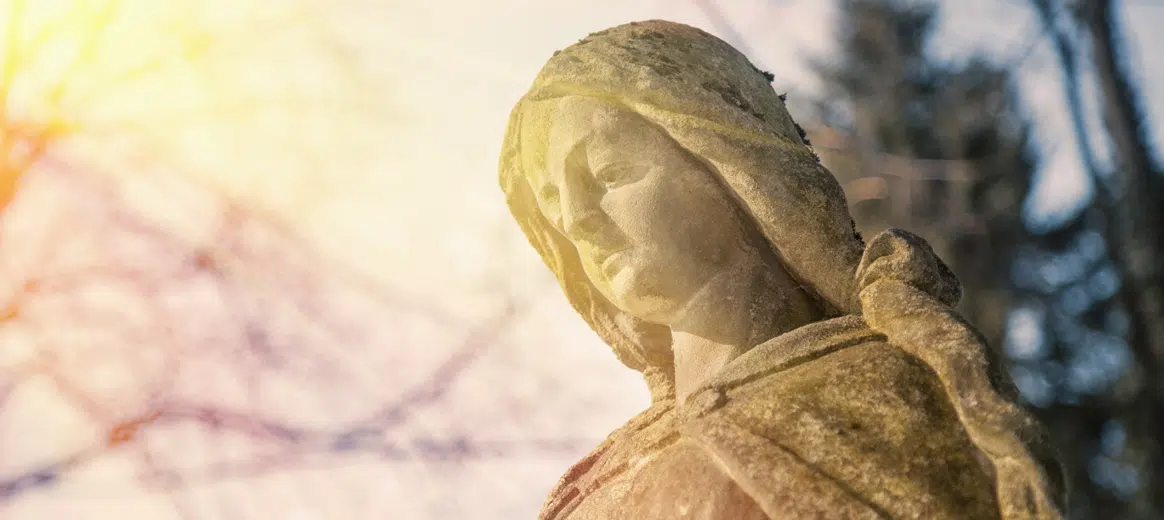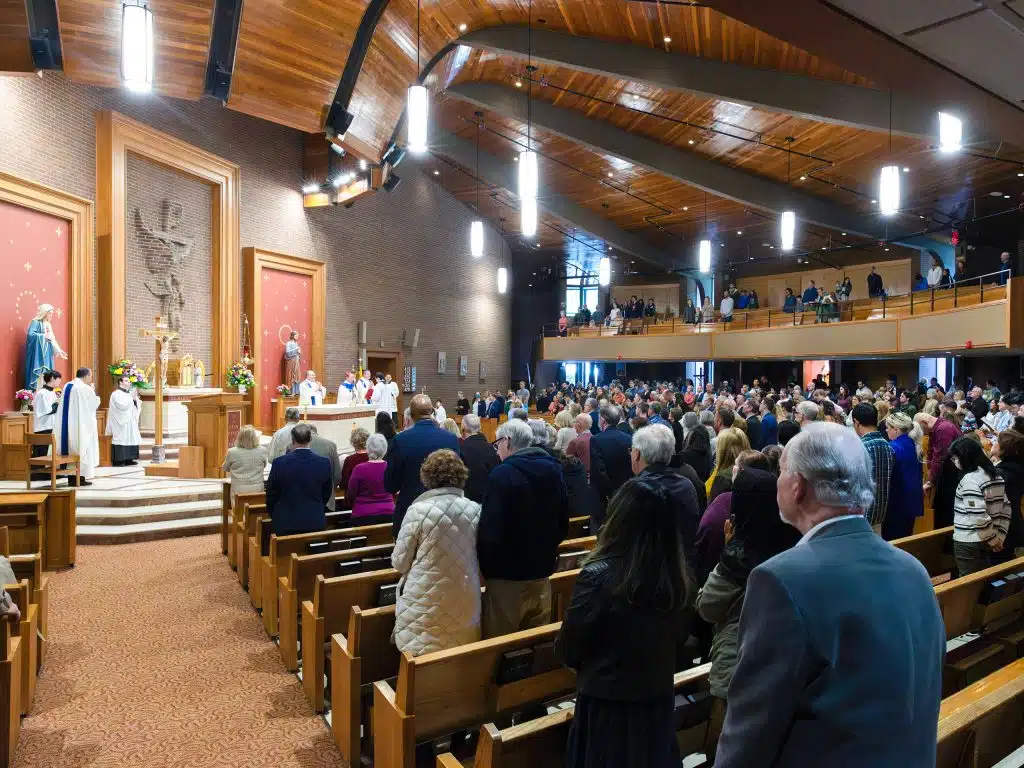May is a special month for Korean Catholics.
Pope John Paul II canonized 103 Korean martyrs May 6, 1984. Pope Francis beatified 124 Koreans, including 123 martyrs, in 2014, and declared May 29 to be the day of commemoration for the Blesseds. And the Catholic Bishops’ Conference in Korea dedicated the month of May to adore the Virgin Mary.
Catholicism was introduced to Korea not by missionaries, but by Korean scholars searching for the truth of the universe, a unique case in the history of religion. From the early 17th century, a few scholars studied a book written by Jesuit Father Mateo Ricci titled, The True Meaning of the Lord of Heaven. Since 1777, a few scholars gathered regularly in a Buddhist Temple to discuss the new idea that came from the West. One of the scholars, Seung-Hoon Lee, had an opportunity to visit Beijing, China, as a member of King Jeongjo’s delegation in 1783. He stayed there for a few months and met several Jesuit priests, and finally was baptized as Peter by Father Jean-Joseph de Grammont. He became the first official Korean Catholic. When he returned to Korea, he brought a number of catechism books, crosses, rosaries and other sacred items that guided those yearning scholars searching for the truth about the Creator.
By 1785, Peter Seung-Hoon Lee baptized more than 1,000 people. A few of the leaders thought they needed to establish a church with an administrative hierarchy. They self-appointed a bishop and a few priests, and became disciples for spreading the Gospel, which they translated into Korean. The priests served Masses and heard confessions. One of them soon discovered that no one was allowed to exercise the priesthood without ordination and proper education.
They wrote a letter explaining what they did to Bishop Alexander de Gouvea in Beijing who was stunned to hear this and asked them to stop celebrating the sacraments. The self-appointed priests in Korea ended in 1790.
Bishop Gouvea was so moved by the faith expressed in the letter that he dispatched a Chinese priest, Father James Wenmo Chou, to Korea in 1794.
Catholicism spread steadily and widely in the Yi Dynasty in Korea, particularly after a few missionaries arrived from the Paris Foreign Missions Society in 1831 headed by Bishop Laurent Imbert. But the faith soon faced conflict with Neo-Confucianism, the governing philosophy in that society and in the traditional culture. Catholic teaching then banned the practice of ancestral rites as deifying activities, while Korean custom considered it a filial duty to ancestors. The dominant strict hierarchical social order in the hermit kingdom could not tolerate the idea of the principal equality of all mankind. The kingdom’s authority thus banned Catholicism as a dangerous belief that eventually might destroy the system upon which the kingdom was founded.
The persecution that began in 1801 lasted for about 80 years. More than 10,000 Catholics were martyred. Bishop Imbert was martyred in 1839 and canonized in 1984. Among 103 saints and 124 Blesseds there were 10 martyrs from one family. St. Paul Hasang Chung, his mother, St. Cecilia Choi Yoo, and his sister, St. Elisabeth Junghye Chung, were canonized by Pope John Paul II in 1984. His father, Augustine Yakjong Chung, and his brother, Carlos Chulsan Chung, were beatified by Pope Francis in 2014.
The persecution finally ended in 1882 and religious freedom was declared officially in 1894. As of this year, Catholics in Korea number about 10 percent of the South Korean population of 51 million.
Korean Catholics in Northern Virginia gathered in 1985 and began a mission named after St. Paul Hasang Chung. St. Paul Chung Church in Fairfax, which began with nearly 1,100 faithful, now has 6,700 registered parishioners, the largest among Korean parishes in the United States. The church was completed in 1995 with the following passage engraved on the cornerstone: “We dedicate the Church to the generations to follow as heritage of our motherland we left.”
Kim, a parishioner of St. Paul Chung Church in Fairfax, is a distinguished visiting professor at George Mason University in Fairfax.



Disconnected spirituality